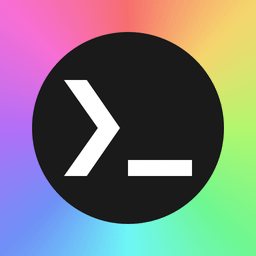Pop!_OS is definitely worth considering as it’s one of the few distros that goes as far as providing a recovery partition and offers one of the best experiences for those with Nvidia GPUs. Furthermore, Pop!_OS’ maintainers (read: System76) are actually financially incentivized to make their distro very polished and newbie-friendly as their distro is used on the hardware they sell.
On the flip side, Pop!_OS is currently in a major overhaul to replace GNOME with COSMIC; their own homebuilt Desktop Environment. As the Desktop Environment is arguably the most important contributor to how one experiences their Linux system, the eventual change might disrupt your workflow and you might even be too accustomed to GNOME to consider COSMIC at that point. The ongoing work on COSMIC has even meant that Pop!_OS has missed three major releases and are still clinging on their release from April 2022; thankfully it’s based on Ubuntu’s LTS (read: Long Term Support) release, so they aren’t particularly in rush to get a new release out and can rely on Ubuntu for security updates.
Regardless, COSMIC’s unsure future does leave a lot to be desired and does pose the question if perhaps other options should be considered more seriously instead.
Therefore, my personal recommendation would be either one of the following:
- If you just really like what you see from Pop!_OS, then just install its 22.04 release and you should be good until April 2027. As time goes on, you might be deprived from new developments and features; but at least updates etc will not be able to (potentially) corrupt/break your system in the meantime.
- Wait until April next year; when they’re supposed to release a new version. If you like what you see and the update and the changes are well-received by the community, then consider installing that one instead. It should be supported for 5 years, which is plenty to not worry about your system in the mean time.
- Go look elsewhere. There are hundreds of actively maintained distros out there. While not all of them are worth considering, there are at least a dozen of them that are worthy contenders. In case you’re interested to get the community’s help in finding a distro, consider answering the following questions:
- Do you use an Nvidia GPU?
- How would you rate your tech savviness on other operating systems?
- How eager are you to learn and/or invest time to use your Linux system?
- Do you prefer to have up-to-date software at all times even if that means daily/weekly updates that might potentially break some functionality?
- Security or convenience?
- Opinionated or blank slate?
A shortlist of distros worth considering for a beginner (from easiest to hardest): Linux Mint, Ubuntu, Debian/Fedora/openSUSE and Arch.



Thank you!